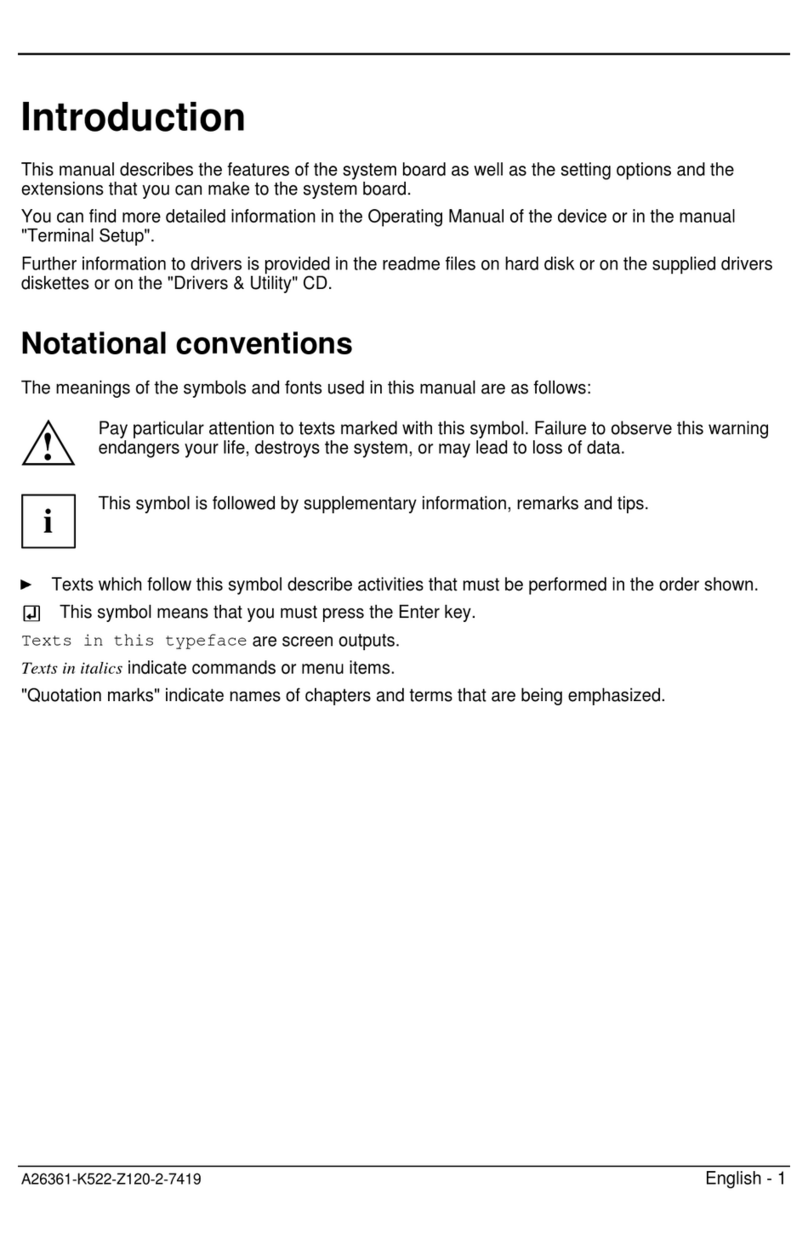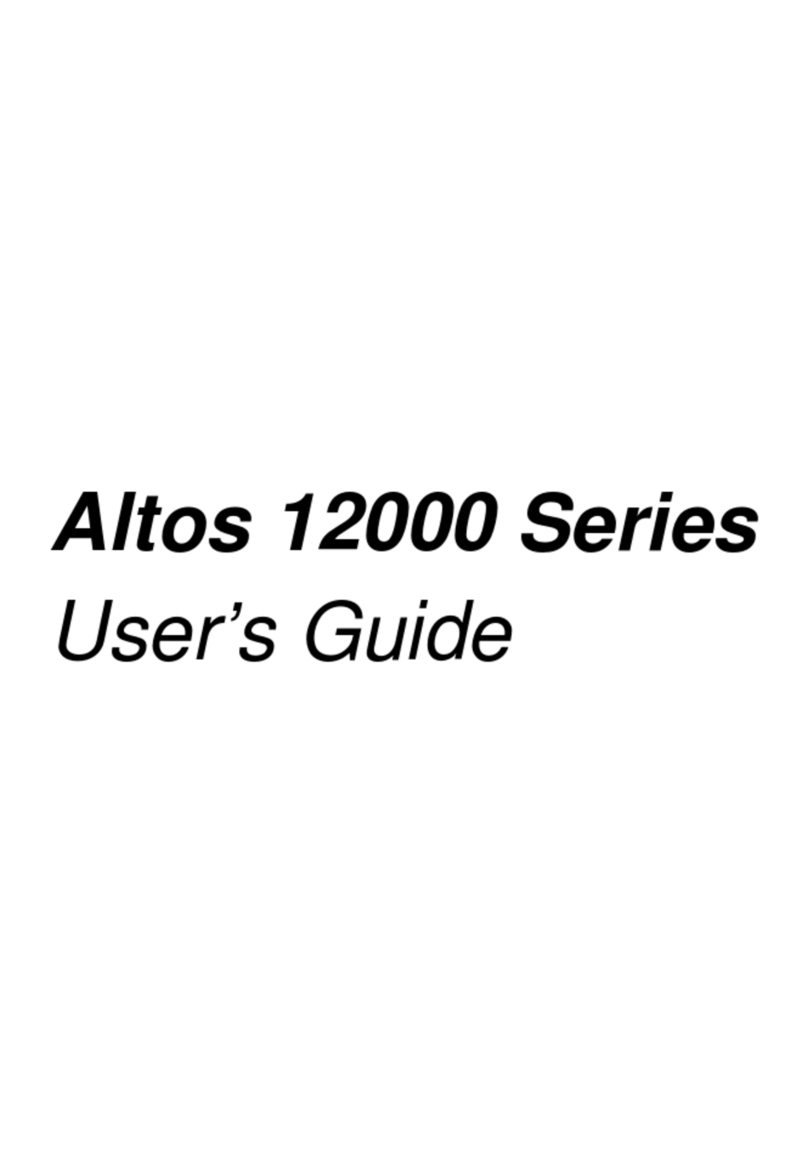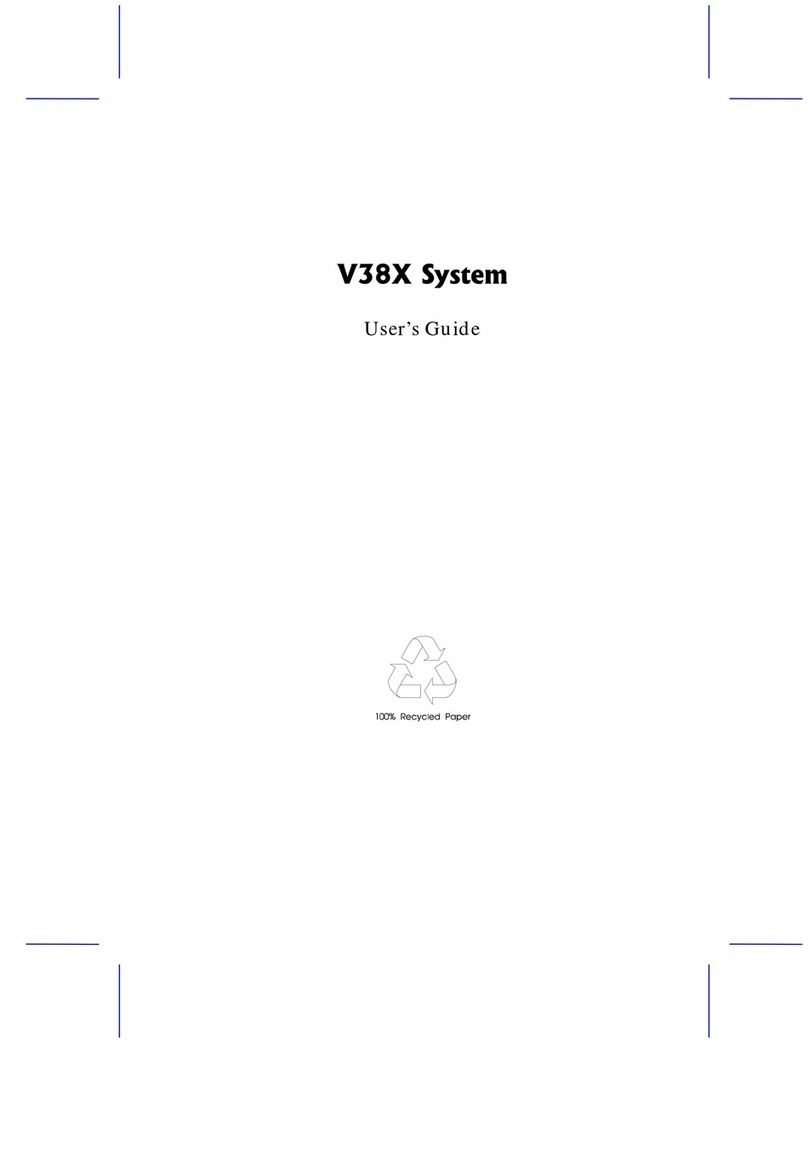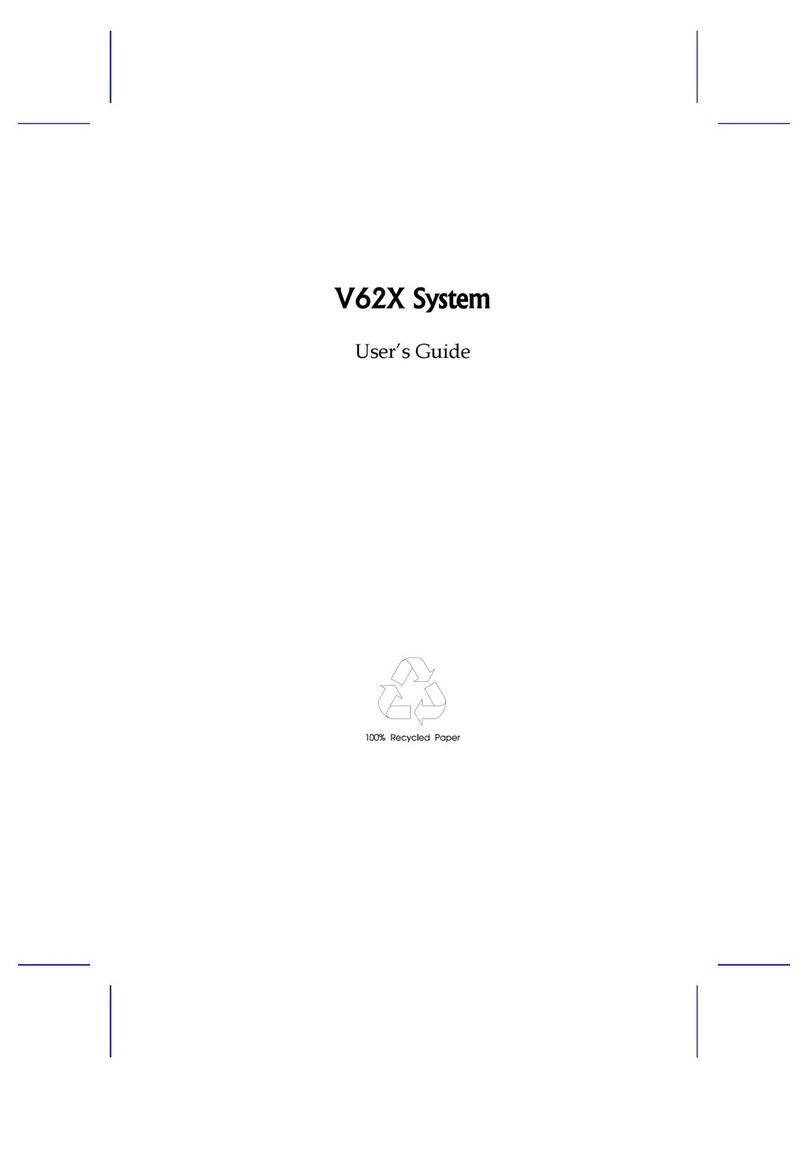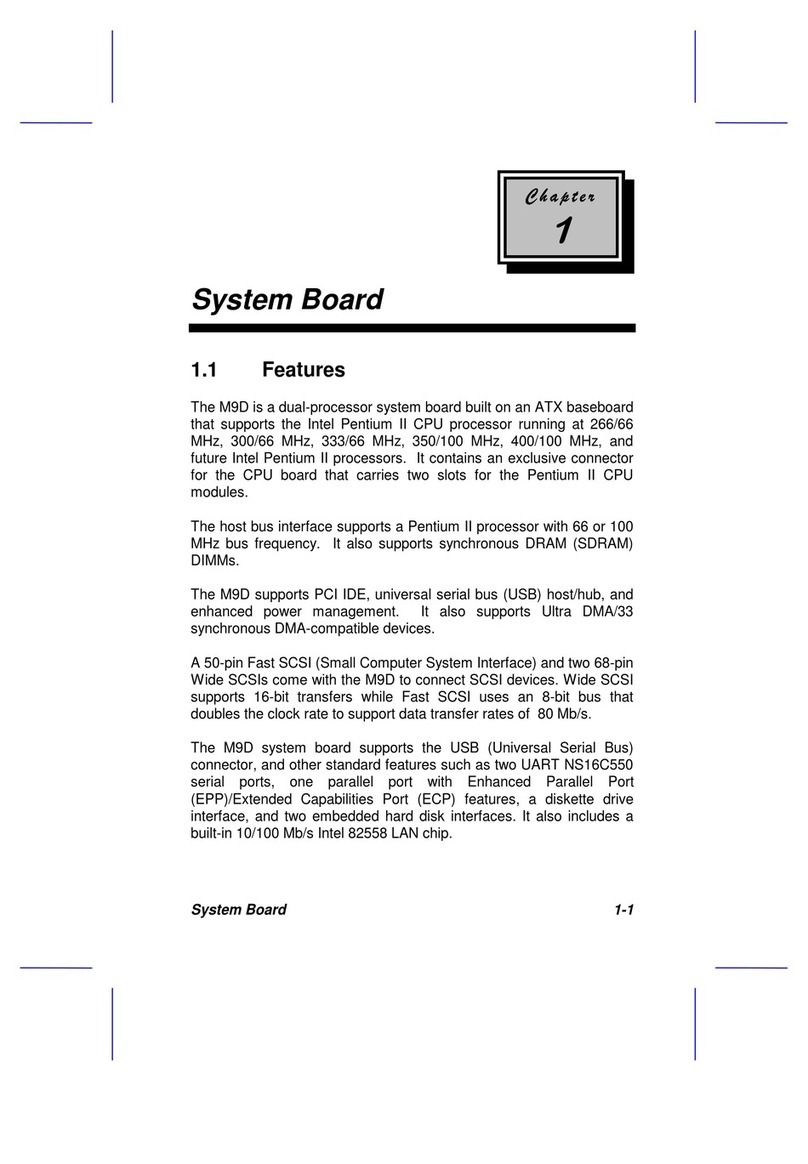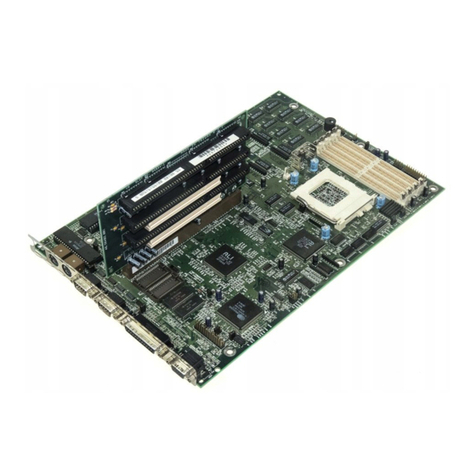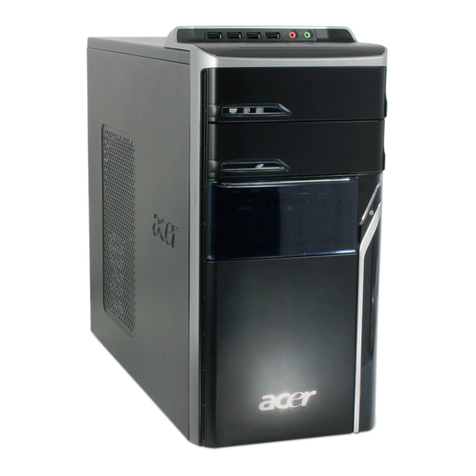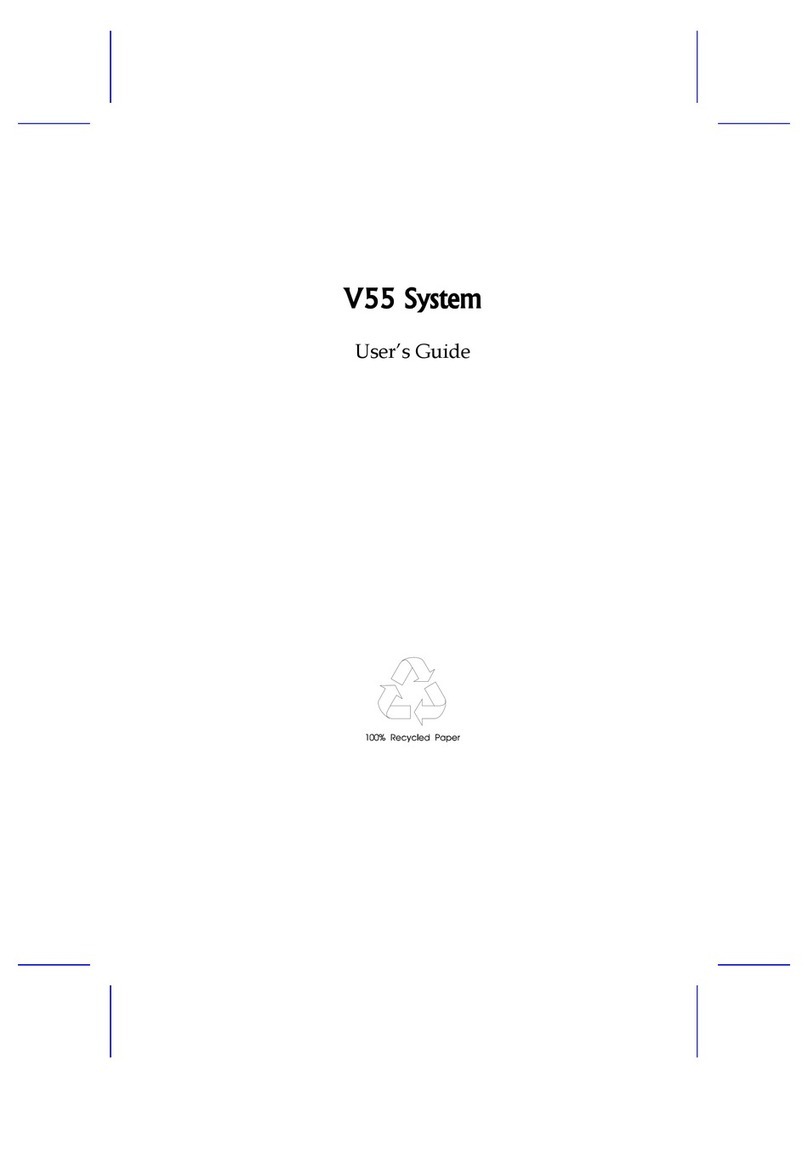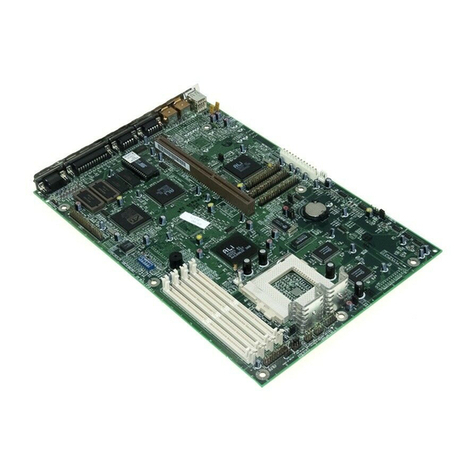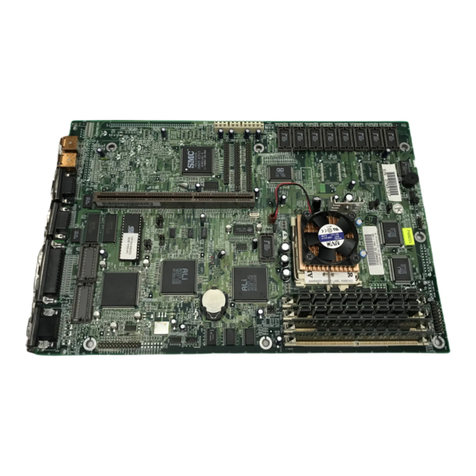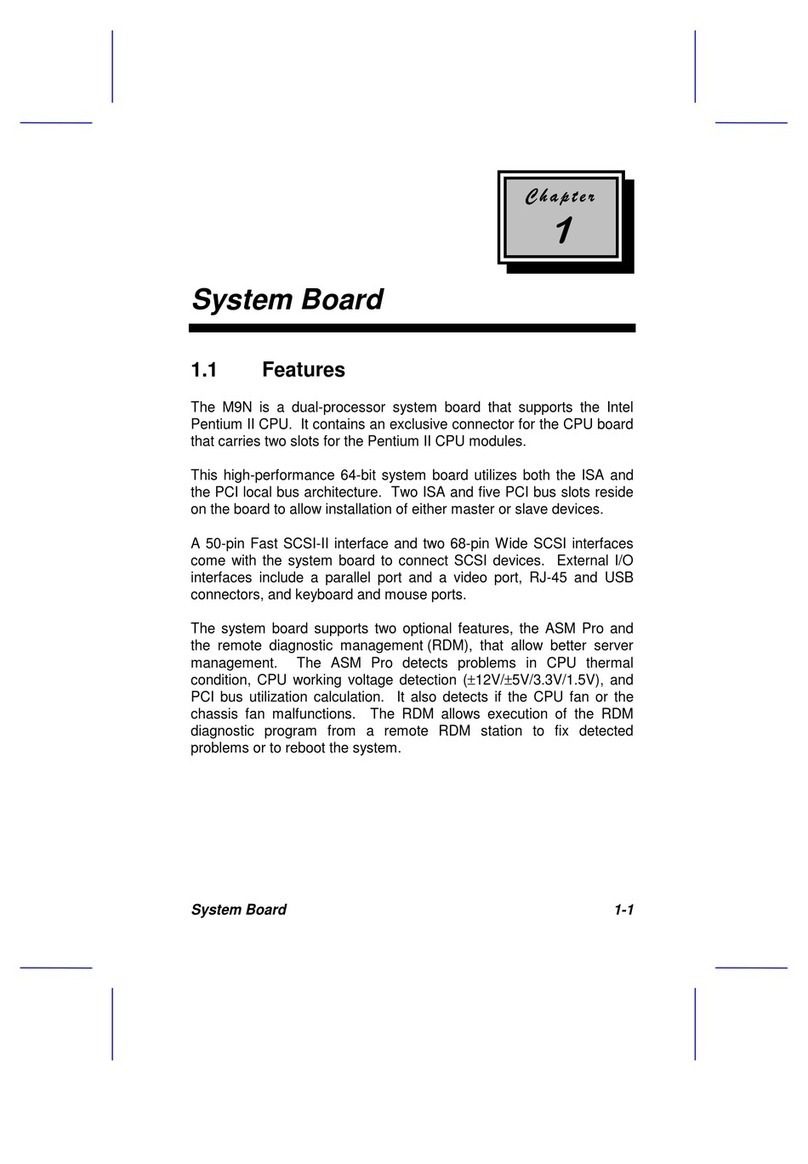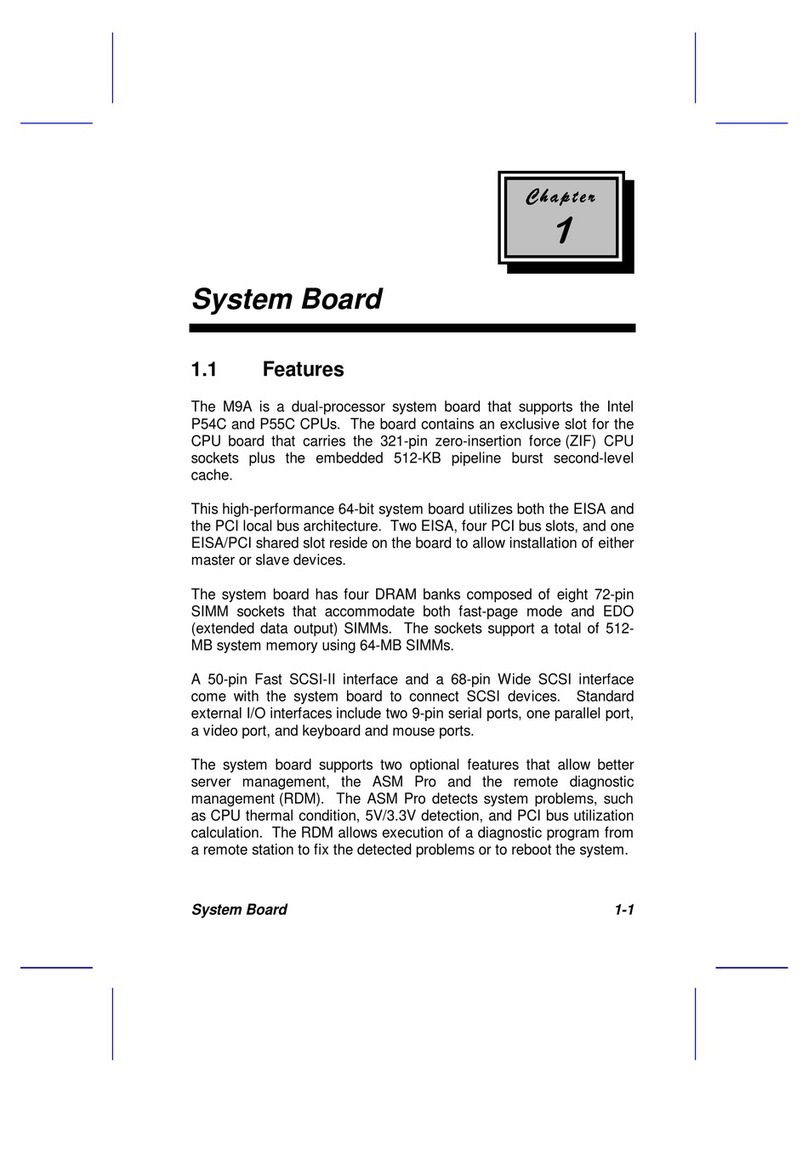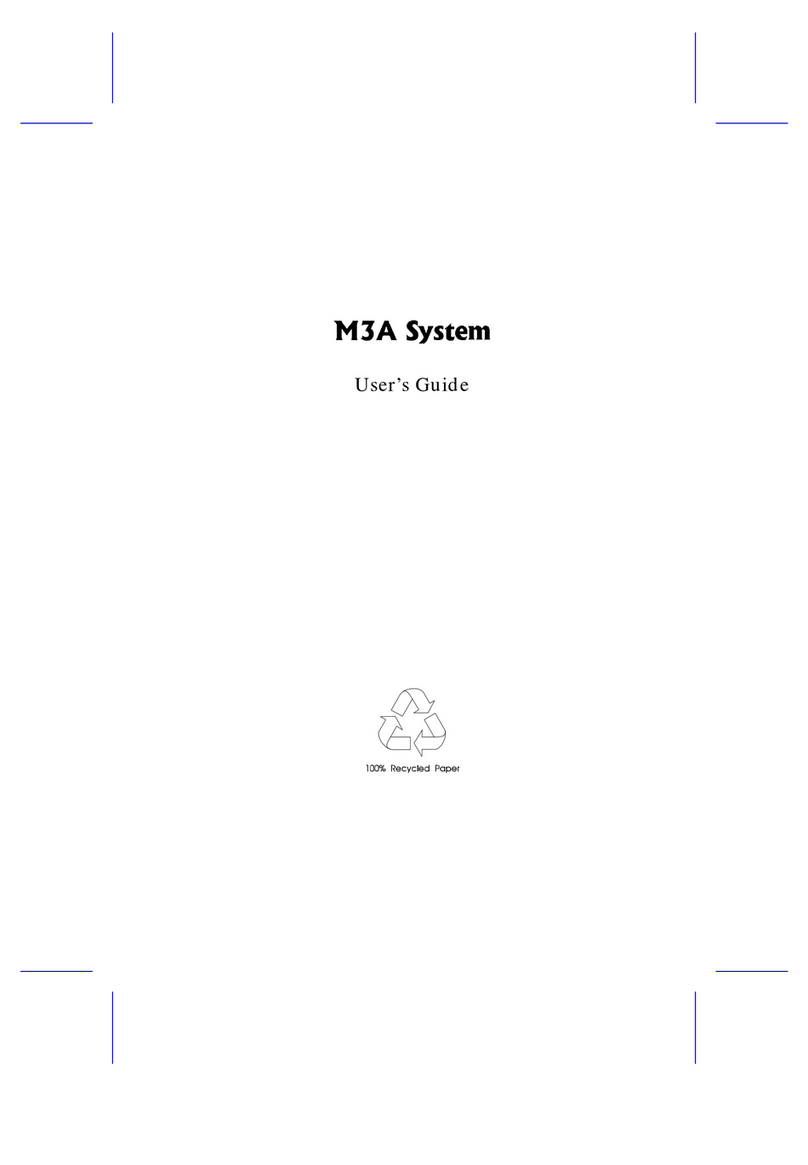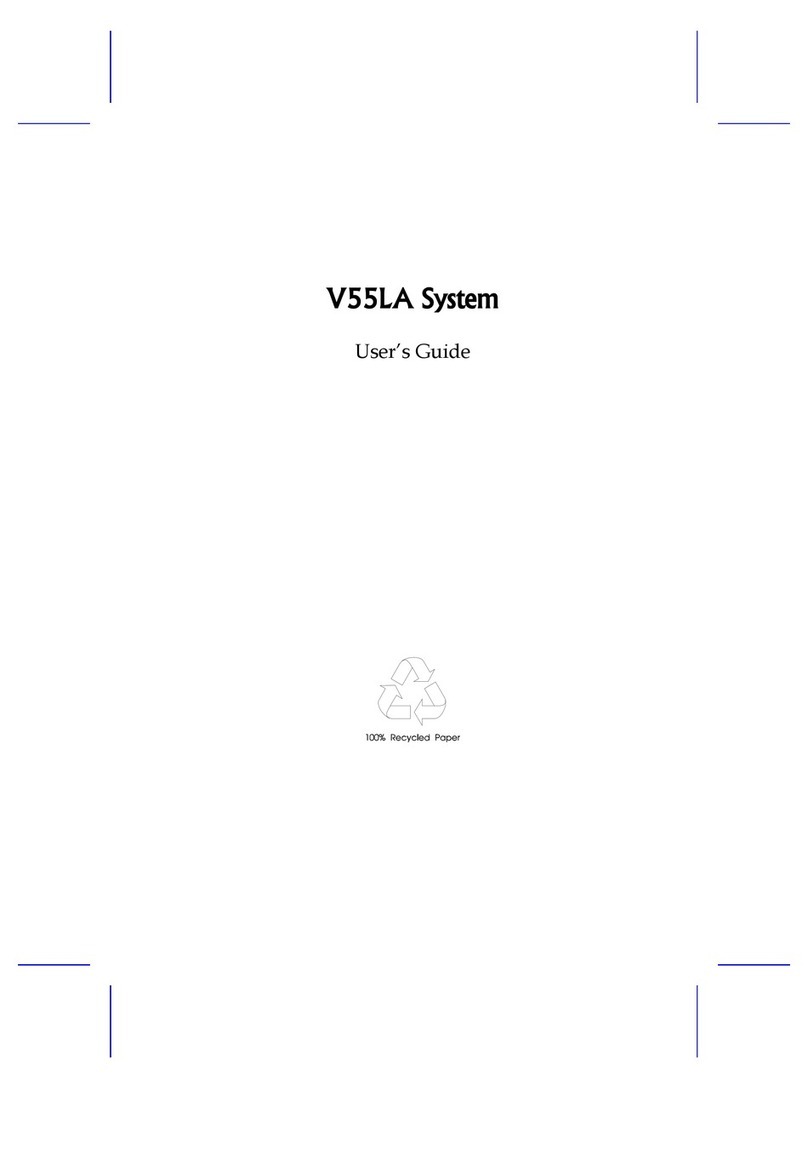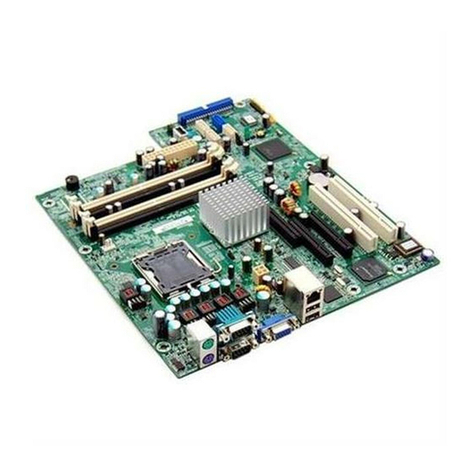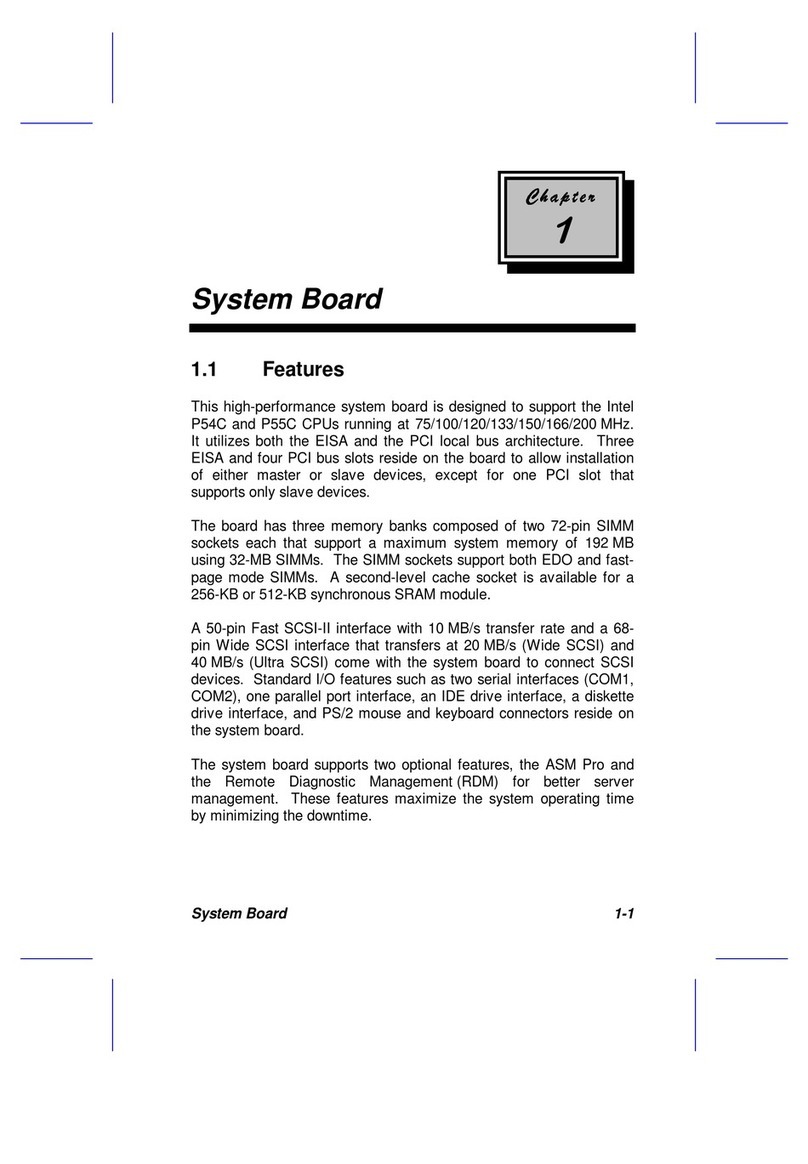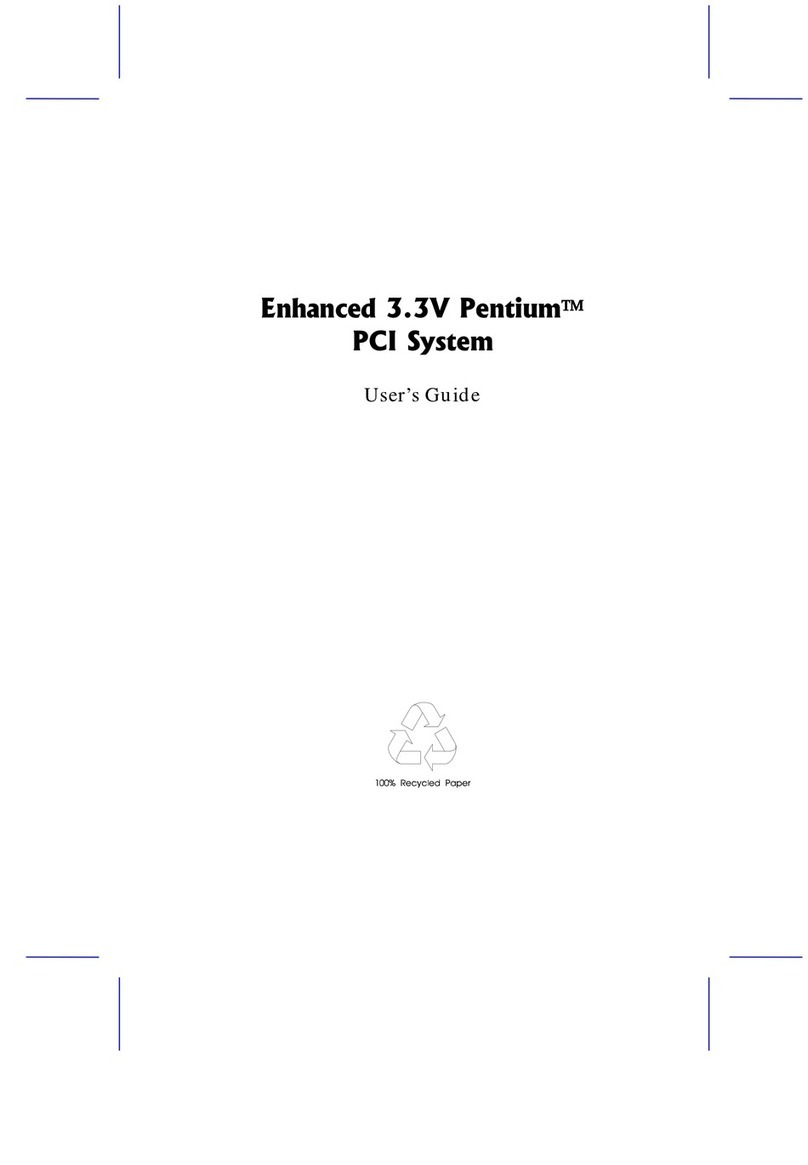
A26361-K522-Z122-3-7419
Contents
Introduction .....................................................................................................................................1
Notational conventions ......................................................................................................................1
Important notes .................................................................................................................................2
Information on boards................................................................................................................3
Features............................................................................................................................................4
Components on the system board.....................................................................................................5
Ports, connectors and switch blocks..................................................................................................6
Switch block 1 - Settings and functions .....................................................................................7
Switch block 2 - Settings and functions .....................................................................................7
Possible screen resolution.................................................................................................................8
Upgrading main memory ...................................................................................................................9
Replacing the processor..................................................................................................................10
Replacing the lithium battery ...........................................................................................................11
Error messages...............................................................................................................................11
BIOS Setup.....................................................................................................................................15
Calling BIOS Setup..........................................................................................................................15
System Information .........................................................................................................................16
Product Information.........................................................................................................................17
Disk Drives......................................................................................................................................17
Diskettes Drives ......................................................................................................................18
IDE Primary/Secondary...........................................................................................................18
Onboard Peripherals........................................................................................................................20
Onboard Device Settings.........................................................................................................21
Power Management ........................................................................................................................22
Power Management Mode.......................................................................................................22
Power Switch<4sec..............................................................................................................22
System Wake-Up Event...........................................................................................................23
Boot Options....................................................................................................................................23
Boot Sequence........................................................................................................................23
First Hard Disk Drive ...............................................................................................................23
Primary Display Adapter..........................................................................................................23
Fast Boot.................................................................................................................................24
Silent Boot...............................................................................................................................24
Num Lock After Boot ...............................................................................................................24
Memory Test ...........................................................................................................................24
Configuration Table .................................................................................................................24
Boot from LANDesk Service Agent / Boot over BOOTP ..........................................................24
Date and Time.................................................................................................................................25
System Security ..............................................................................................................................25
Setup Password ......................................................................................................................25
Power-on Password.................................................................................................................27
Advanced Options...........................................................................................................................27
Memory / Cache Options.........................................................................................................28
Internal Cache (CPU Cache) ...........................................................................................28
External Cache................................................................................................................28
Memory at 15MB-16MB Reserved for..............................................................................28
Memory Parity Mode ...............................................................................................................29
PnP / PCI Options ...................................................................................................................29
PCI IRQ Setting...............................................................................................................29
PCISlot1/2/3..............................................................................................................30
PCI IRQ Sharing..............................................................................................................30
